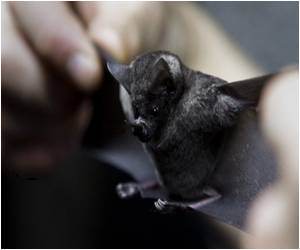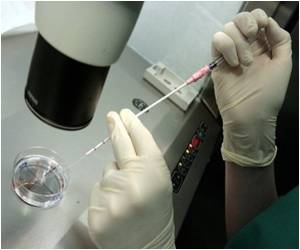Bats use the power of echolocation or reflected sound to hunt tiny insects that most nocturnal predators can't see, say scientists.

To estimate the range of ultrasonic bat echolocation, the researchers played taped calls of two species of bats in a soundproof room and recorded the way the sound bounced off four dead insects - a moth, an ant, a lacewing, and a mosquito.
Vision is hard to simulate, so, extrapolating from the findings of two previous studies, the researchers calculated the distance at which bats would be able to see the same insects in medium to low light.
Even erring on the side of vision in their estimates, the researchers found that echolocation was twice as effective as vision in detecting the insects in medium to low light - from 40 feet away versus the 20 feet that was the effective range with vision.
They also note that echolocation is unaffected by objects in the background, while visual range is three-to-five fold worse when it has to contend with obstacles like vegetation.
These results suggest that echolocation gives bats a huge evolutionary advantage, allowing them to track insects from further away and with greater accuracy at peak feeding time.
Advertisement
On the negative side, bat echolocation was poor at detecting large objects in the distance. The researchers think that bats therefore use both senses in combination - vision mostly for orientation, navigation, and avoiding large objects in the distance, and echolocation to search for small prey.
Advertisement
Source-ANI









